Table of content
The art of blending spirits and wines has long been a practice rooted in culinary experimentation, where cultures intersect to create novel flavors. One such fusion gaining attention is the infusion of Baijiu, China’s iconic distilled spirit, with wine. This unconventional pairing bridges the fiery complexity of Baijiu with the nuanced profiles of grape-based wines, resulting in a beverage that challenges palates and celebrates cross-cultural creativity. This article explores the history, science, and techniques behind crafting Baijiu-infused wine, offering a roadmap for enthusiasts seeking to explore this bold frontier of mixology.
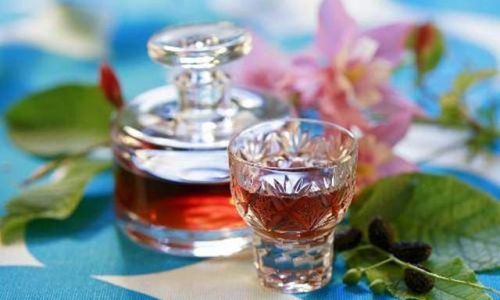
Understanding Baijiu and Wine: A Clash of Traditions
Before diving into the infusion process, it is essential to grasp the fundamental characteristics of both Baijiu and wine. Baijiu, often dubbed the “national spirit of China,” is typically distilled from sorghum, wheat, rice, or other grains, and fermented using qu, a unique starter culture rich in microorganisms. The result is a spirit with striking diversity, ranging from the delicate Light Aroma style to the robust, fungi-fermented Sauce Aroma variety. Alcohol content in Baijiu often exceeds 50% ABV, imbuing it with a viscous texture and a reputation for potency.
Wine, by contrast, is a fermented beverage made from grapes (or other fruits), with alcohol levels typically between 12% and 15% ABV. Red wines, in particular, are prized for their tannins, acidity, and tertiary flavors developed through oak aging, while white wines offer crispness and floral or citrus notes. The structural differences between Baijiu and wine—one a distilled spirit, the other a fermented beverage—create both challenges and opportunities when blending.
The Rationale Behind Infusion: Flavor Synergy and Contrast
Infusing Baijiu into wine is not merely a novelty; it is a deliberate strategy to harmonize contrasting flavor elements. Baijiu’s intense aromatics, including notes of anise, soy sauce, or dried fruit, can complement or counterbalance the fruit-forward or earthy qualities of wine. For instance, a Strong Aroma Baijiu, with its pronounced floral and fruity esters, might pair elegantly with a full-bodied Cabernet Sauvignon, while a Sauce Aroma Baijiu’s umami-rich profile could elevate the complexity of a aged Rioja.
The infusion process itself is a form of maceration, where alcohol acts as a solvent, extracting and melding flavors over time. However, due to Baijiu’s high alcohol content, careful balancing is required to avoid overpowering the wine’s subtleties. The goal is to achieve equilibrium, where neither component dominates, but instead, a harmonious interplay emerges.
Step-by-Step Guide to Infusing Baijiu into Wine
Selecting the Right Baijiu and Wine Pairing
The success of your infusion hinges on choosing complementary partners. Consider the following pairings:

- Light Aroma Baijiu + Fruit-Forward White Wine: A mild, floral Baijiu (e.g., Yanghe Blue Classic) can enhance the aromatic intensity of a Riesling or Gewürztraminer without overwhelming its delicate sweetness.
- Sauce Aroma Baijiu + Full-Bodied Red Wine: The savory, soy-like notes of Kweichow Moutai can add depth to a Cabernet Sauvignon or Syrah, creating a blend reminiscent of aged Madeira.
- Rice Aroma Baijiu + Sparkling Wine: A clean, grain-forward Baijiu (e.g., Sanhua Jiu) can introduce a creamy texture to Champagne or Prosecco, akin to a wine-based cocktail.
Pro Tip: Avoid pairing heavily peated or medicinal-tasting Baijius with delicate wines, as these spirits can dominate the blend.
Ratio and Aging Time
The ideal Baijiu-to-wine ratio depends on the desired outcome. For a subtle infusion, start with a 1:5 ratio (1 part Baijiu to 5 parts wine). For a bolder profile, adjust to 1:3. Aging time typically ranges from 3 days to 2 weeks, with periodic tasting to monitor flavor development.
Method:
- Decant the wine into a glass or stainless-steel container (avoid reactive metals).
- Slowly pour the Baijiu into the wine, stirring gently to integrate.
- Seal the container and store it in a cool, dark place.
- Taste daily, noting changes in aroma and taste.
Secondary Flavor Additions (Optional)
To elevate complexity, consider adding botanicals or fruits during infusion:
- Citrus Peel: Orange or grapefruit zest can brighten heavy blends.
- Spices: Star anise, cinnamon, or cloves complement Sauce Aroma Baijiu.
- Dried Fruits: Raisins or apricots add sweetness to tannic red wine blends.
Finishing and Bottling
After achieving the desired flavor profile, strain the infusion through cheesecloth or a fine-mesh sieve to remove solids. Bottle the mixture in dark glass to protect it from light, and label it with the date and ingredients.

Scientific Principles Behind the Infusion
The fusion of Baijiu and wine is governed by two key scientific processes: solubility and chemical reaction.
-
Solubility: Ethanol, the primary alcohol in both beverages, acts as a solvent, dissolving aromatic compounds from both the Baijiu (e.g., esters, aldehydes) and the wine (e.g., tannins, anthocyanins). This creates a homogeneous liquid with a unified flavor profile.
-
Chemical Reaction: Over time, acidity in the wine may catalyze esterification reactions, where alcohols and acids combine to form new esters. These reactions can soften the Baijiu’s harshness and impart fruity or floral notes to the wine.
Troubleshooting Common Challenges
- Overpowering Alcohol Burn: If the Baijiu’s heat dominates, dilute the blend with a small amount of unoaked wine or grape juice.
- Bitterness: Tannins from red wine may clash with Baijiu’s funk. Counterbalance with a touch of sweetness (e.g., honey or simple syrup).
- Cloudiness: Fine sediment may form; clarify with bentonite clay or gelatin finings.
Cultural Context and Historical Precedents
While Baijiu-wine blends are a modern innovation, the practice of infusing spirits into wine has historical roots. In medieval Europe, hippocras—wine spiced with cinnamon, cloves, and honey—was a popular beverage. Similarly, in China, jiu (alcohol) has long been blended with herbs and fruits for medicinal tonics. The 21st-century cocktail renaissance has revived such traditions, encouraging cross-pollination between Eastern and Western drinking cultures.
Serving Suggestions and Pairings
Baijiu-infused wine can be enjoyed in multiple ways:
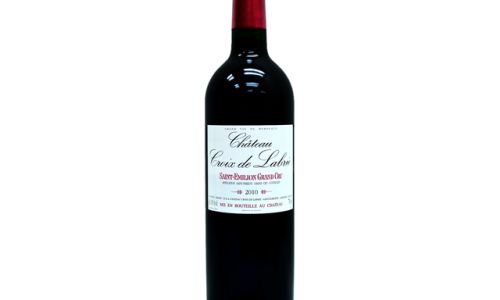
- Neat: Serve chilled in a white wine glass to appreciate its aromatic nuances.
- Cocktails: Use as a base for modern twists on classics (e.g., a “Baijiu Sangria” with citrus and brandy).
- Culinary Applications: Reduce the infusion into a glaze for roasted meats or drizzle over fruit-based desserts.
Pairing Guide:
- Rich Dishes: Duck confit or mushroom risotto pairs well with Sauce Aroma-infused red wine.
- Spicy Foods: Light Aroma-infused Riesling cuts through heat in Sichuan-style dishes.
Health and Safety Considerations
Given Baijiu’s high ABV, moderation is key. The Centers for Disease Control and Prevention (CDC) recommends no more than one drink per day for women and two for men. Additionally, ensure all tools and containers are sanitized to prevent spoilage.
Conclusion: A Toast to Innovation
Infusing Baijiu into wine is more than a culinary experiment—it is a celebration of cultural exchange and the boundless possibilities of flavor. Whether you seek to revitalize traditional spirits or reimagine classic wines, this fusion invites a deeper appreciation for the alchemy of drink. As the world’s palate grows increasingly adventurous, Baijiu-infused wine stands as a testament to the enduring power of tradition transformed.
Final Recipe: “Dragon’s Blend”
Ingredients:
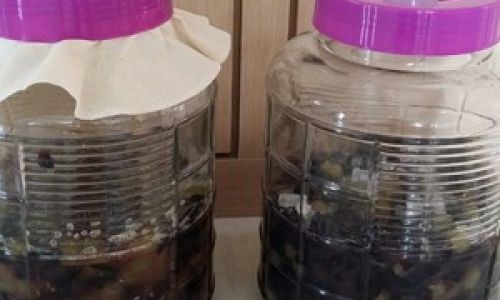
- 1 bottle (750ml) full-bodied red wine (e.g., Malbec)
- 150ml Sauce Aroma Baijiu (e.g., Wuliangye)
- 1 cinnamon stick
- 3 dried apricots
Method:
- Combine all ingredients in a glass jar.
- Infuse for 7 days, shaking daily.
- Strain and bottle. Serve over ice with a twist of orange zest.
Embrace the journey, and let your taste buds guide you. Cheers!
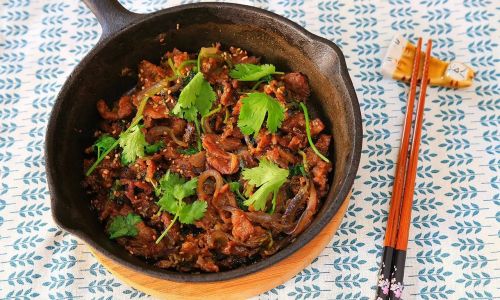
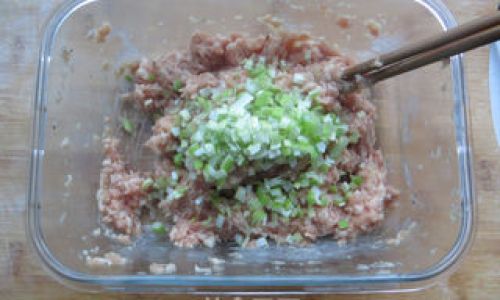
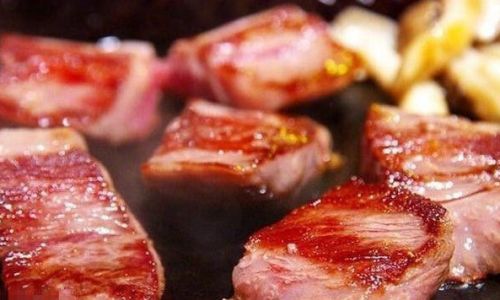
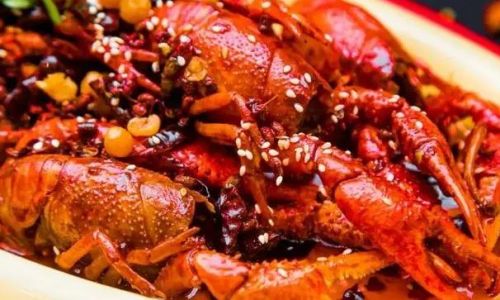
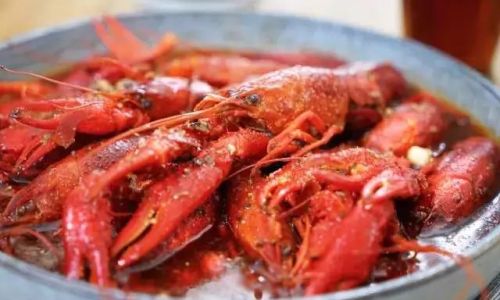
0 comments